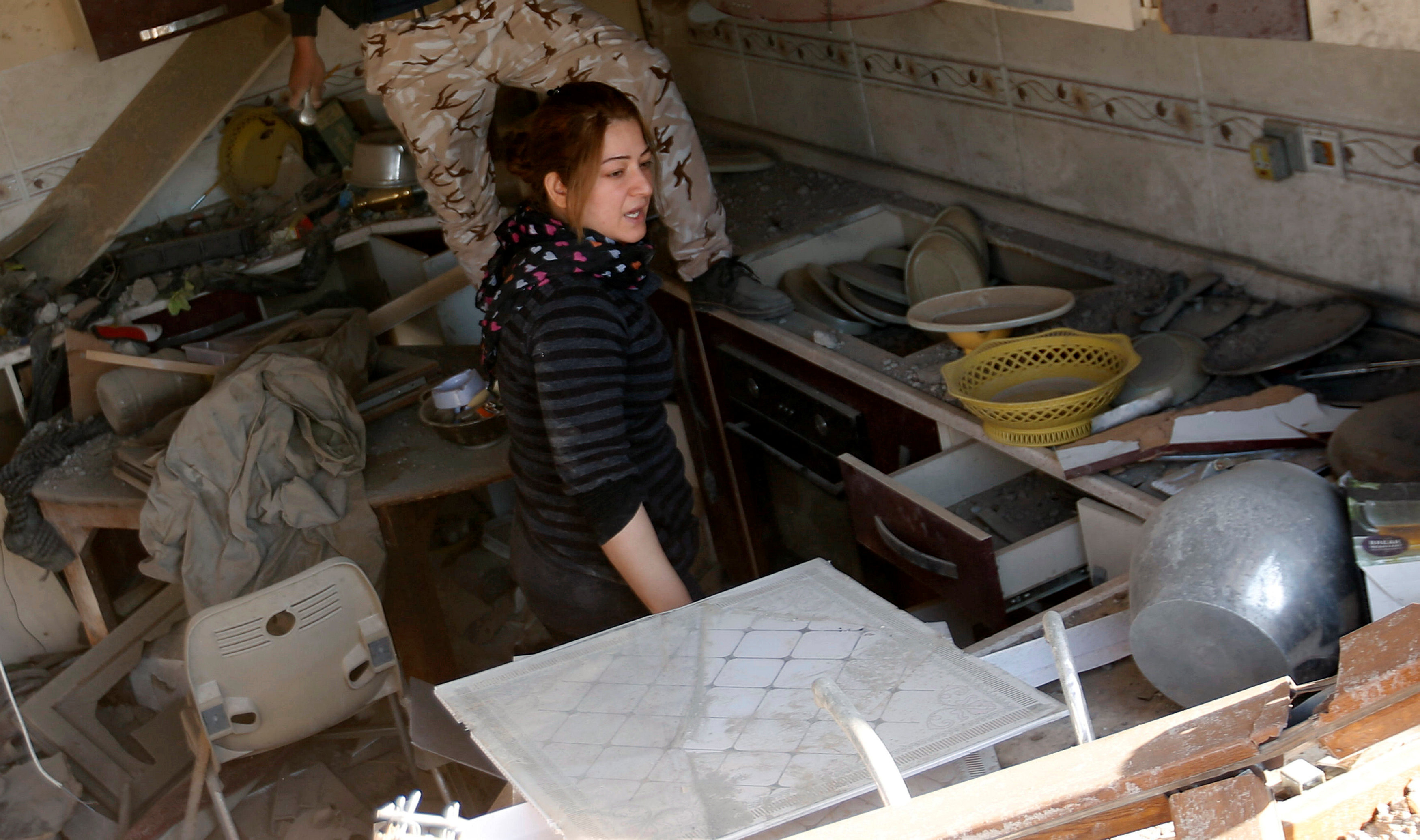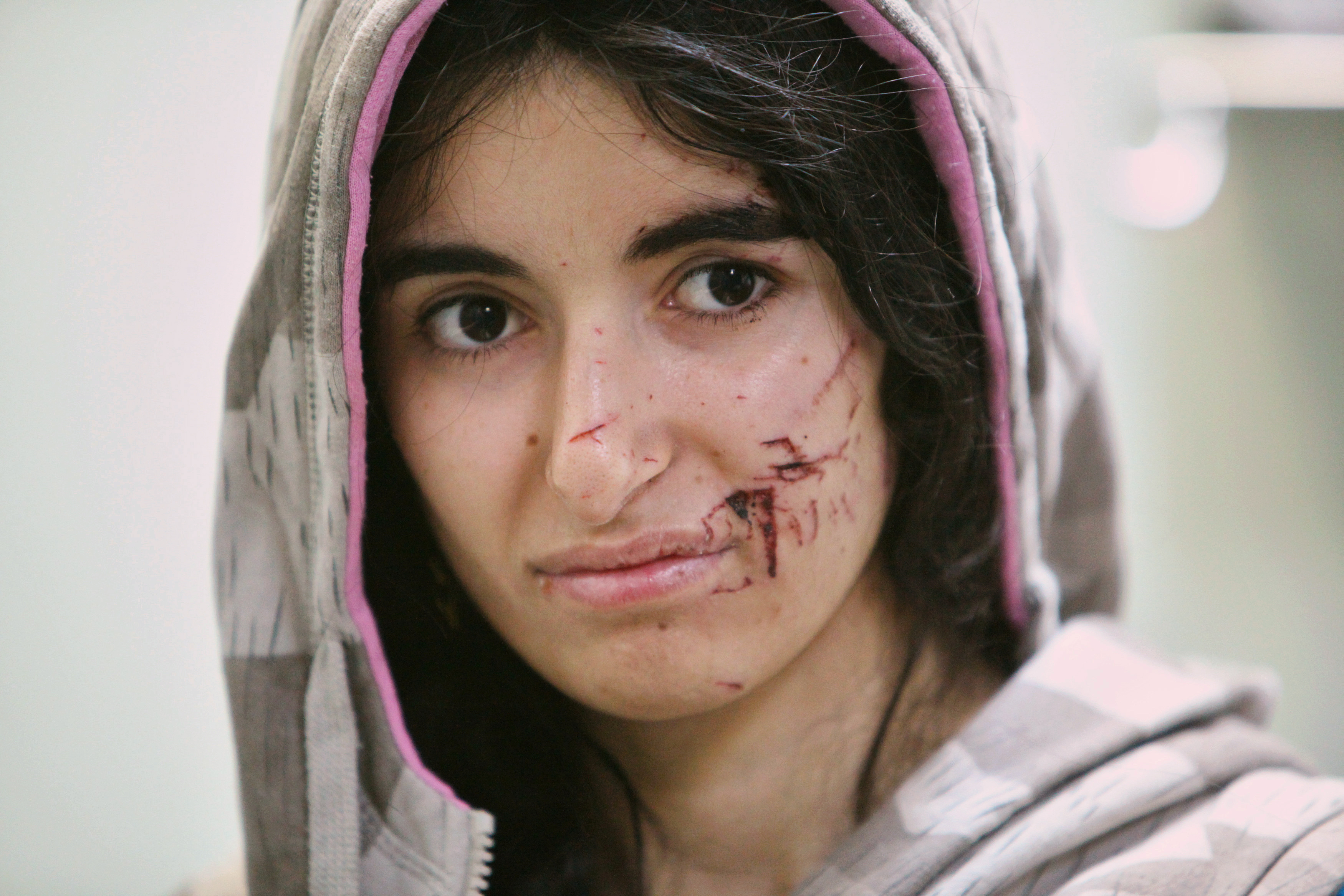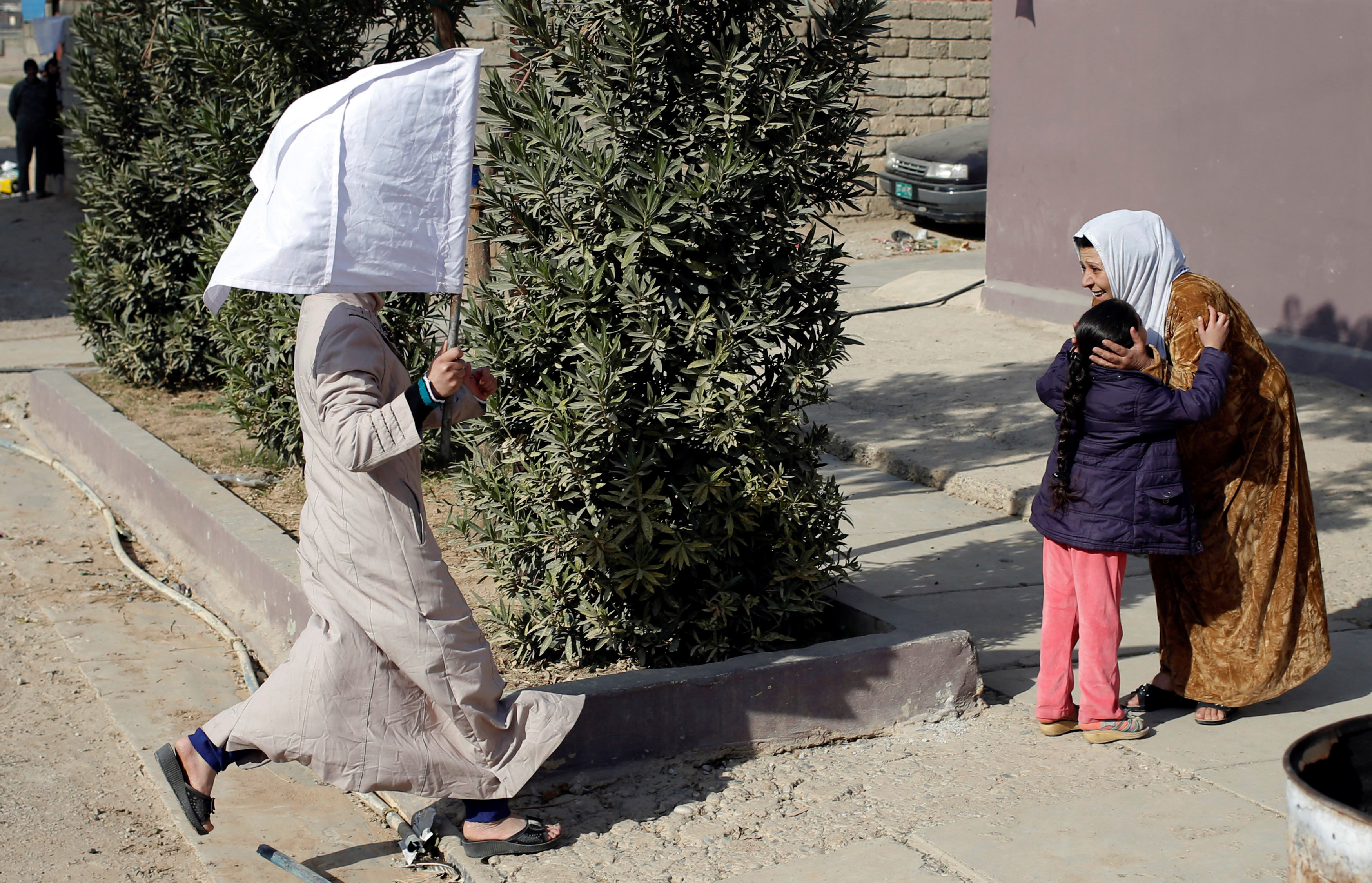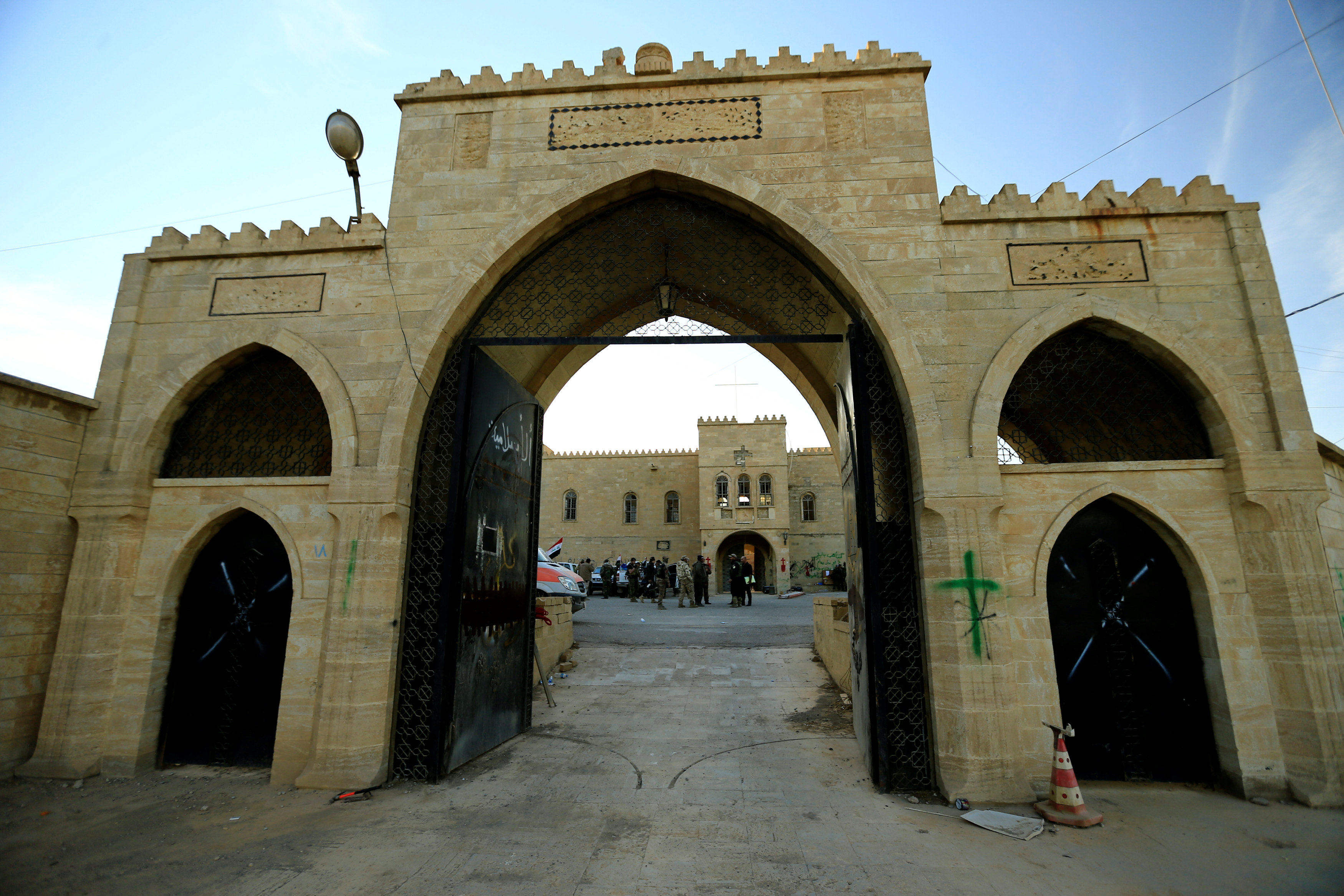
By John Davison
FADILIYA, Iraq (Reuters) – Abdel Razzaq Jalal paused, visibly traumatized, as he told how Islamic State militants tortured him in a Mosul prison to force him to say he was a spy. “I never confessed. I knew the punishment would be death,” he said.
The ultra-hardline group arrested the 39-year-old in his village near Mosul in northern Iraq earlier this year, accusing him of spying for Kurdish forces.
After six nights and seven days of beatings, abuse and death threats, he says the militants let him go, after an Islamic State judge ruled there was not enough evidence to sentence him.
Jalal was lucky to escape with his life. Islamic State has executed scores of people it accused of spying in Mosul in recent weeks alone, as U.S.-backed Iraqi forces push further into its city stronghold.
He knew it could have been worse. The fate of several fellow villagers from Fadiliya, a few miles northeast of Mosul, and of many others arrested elsewhere during Islamic State’s more than two-year rule, remains unknown.
While the physical scars faded – Jalal showed months-old pictures on his phone of bruises and cuts all over his body – the ordeal remains etched in his memory.
“They hung me upside down from my feet and beat me for two hours. That was on the first night,” Jalal said.
“They used cables, wooden sticks, and one of them – there were three or four – pistol-whipped me repeatedly on my head.”
The militants, all from Mosul’s surrounding areas, tried to make him confess to spying for Kurdish peshmerga forces who had been fighting against Islamic State, he said.
When he refused, they stepped up the abuse and threats.
“The second day, they lay me flat on my stomach with my hands tied behind my back. One man stood on my legs, another on my head, and they began raising my arms. I thought my chest was going to break.”
Before he was tried, the militants put him into an orange jumpsuit – the clothing in which Islamic State often kills its victims – and told him he would be sentenced to death by decapitation.
Two of his more than 40 cell mates were killed that way, he said, after they confessed under duress to directing air strikes against Islamic State fighters. Reuters was not able to independently verify his account.
STILL MISSING
Jalal said he did not know why he was arrested. He was a local member of a Kurdish political party, he said, but denied spying.
“They had every detail on me and my family. It must have been from informers – locals – in the village,” he said quietly.
Jalal had been terrified of rearrest. Upon returning to Fadiliya after his incarceration, he told villagers he was well treated, in case Islamic State’s spies reported back to them.
A small number of Islamic State sympathizers or supporters in Fadiliya have been rounded up by Kurdish security forces since the peshmerga recaptured it in late October, local officials say.
“If I found another informer, I’d turn him in – even if it were my own brother,” Jalal said.
For him, the ordeal is over, but others in Fadiliya suspect their relatives are still suffering a similar fate, or worse.
Abdel Ilah Jassem’s 25-year-old brother Iden was arrested at an Islamic State checkpoint just outside the village more than two years ago. He has not heard from him since.
“I went to a Daesh (Islamic State) police station. They said Iden had been killed, but didn’t provide me with proof – no body, not even a paper saying he was executed,” said Jassem, 45, who lost his other brother in 1988 in the Iran-Iraq war.
“I’m sure he’s still alive,” he said, referring to Iden. “Every day I ask people in the area if they’ve heard anything new. So far, there’s nothing.”
(Editing by Dominic Evans and Giles Elgood)













